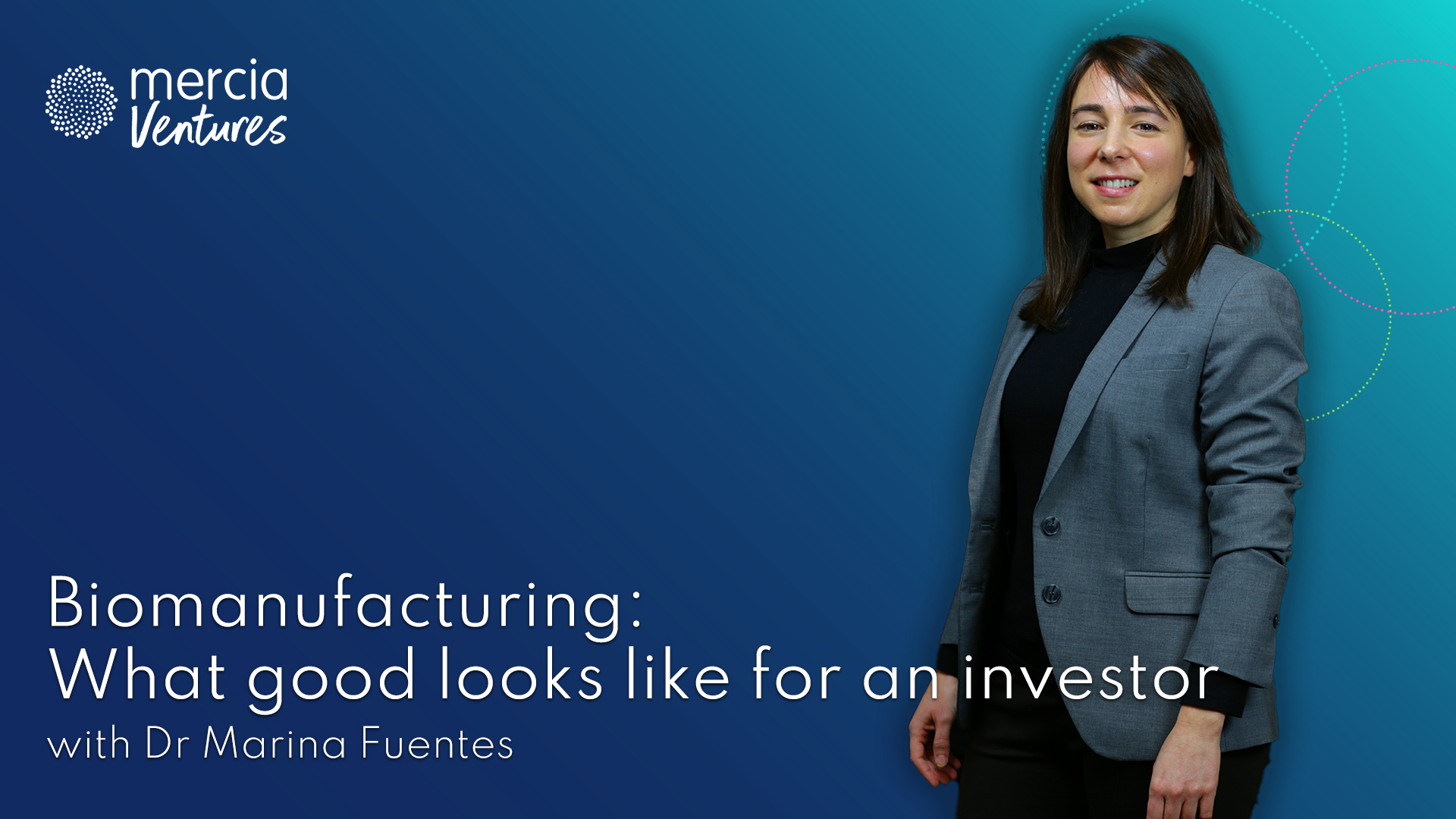The transition towards biomanufacturing, and the move away from traditional, energy-intensive processes in industry is creating unprecedented opportunities for start-ups. Understanding the investor’s perspective in this space can help founders prepare more effectively for their fundraise. Below is a snippet of some of the most critical aspects we and other investors look for at the Series A stage:
💷 High-Value vs High Volume: Gross margins attract intense scrutiny by investors, given this determines scale, time and funding required for profitability. There’s a long way to go for non-pharma products to achieve cost parity, however there’s huge demand for “pick and shovels” technologies that address scalability and efficiency issues outside pharma, e.g. novel bioreactor designs, process development tools for enzymology, among many others. Whatever the technology/product, it’s key to show to investors what the forecast path to profitability looks like.
🤝 Business model: It helps to have demonstrable traction with the business model of choice, e.g. if it’s a bioengineering discovery platform with an out-license business model, have any licenses been sold? It’s common for customers in the bioengineering space to want to see evidence of unit economics at scale before they buy a license, which places the burden of scale up manufacturing on start-ups. The key here is the risk profile and Capex requirements associated with the business model, as this will determine the suitability for the fund.
📈 Traction: When investors talk about traction, what they effectively mean is a customer or strategic partner who has substantial “skin in the game”. At series A this could be early revenues or paid partnerships with larger chemical or pharmaceutical companies for pilot projects or licensing agreements. It’s all about level of intent though – what is the significance of those payments/trials for the customers? Unfortunately, free trials and grant-paid projects alone are not strong evidence of commercial traction in the eyes of an investor.
🌽 Commercial dynamics: An ability to navigate the complex bioengineering supply chains and feedstock quality/cost issues is pivotal, e.g. a drought may impact corn availability and price, affecting a specialty chemical profitability. Having risk mitigation strategies in place such as diversification of supply, vertical integration or strong quality control processes will increase likelihood of success at fundraising.
⚖️ Regulatory risks: It is estimated that up to 70% of the total potential impact of biotechnologies will depend on societal and regulatory acceptance, which can vary greatly from country to country. The fast pace of innovation in the space is also creating a moving target for regulators, therefore there’s higher uncertainty than for non-bio products. It’s important to show there’s a proactive approach to mitigate risks in place, e.g. access to regulatory expertise, early engagement with regulatory and industry bodies, investment in Quality Control infrastructure, etc.
🏦 Total lifetime capital requirements: If the funding required to get to the next milestone or to reach profitability is beyond the VC’s sweet spot, it’s likely they won’t invest, or at least won’t go solo. Having a co-investor with more substantial financial resources helps de-risk this and it can greatly help to form a syndicate. Having a strategic investor is also generally perceived positively as they can help navigate market and operational complexities, therefore de-risking the opportunity in the eyes of a financial investor.
